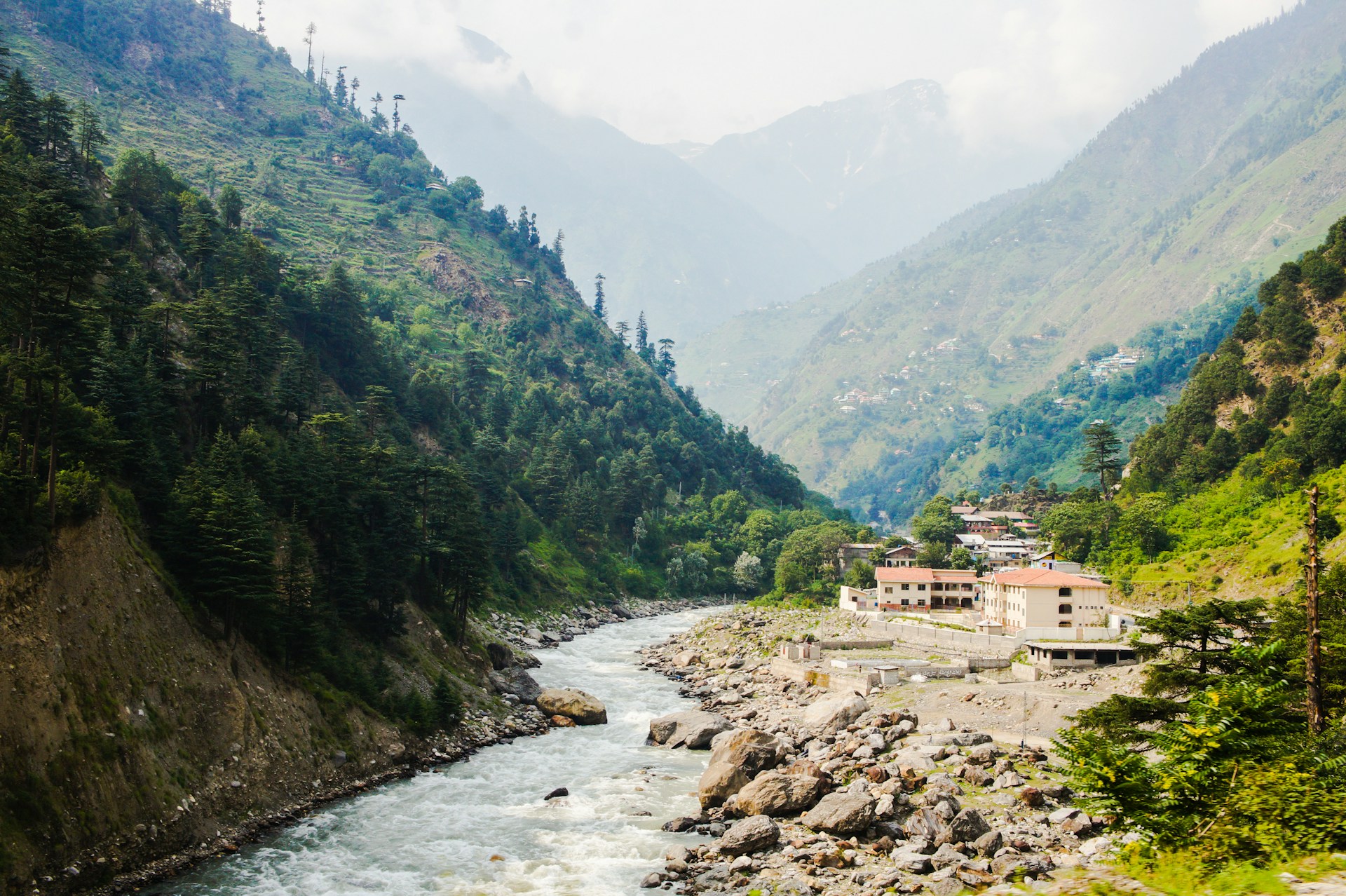Pakistan, officially the Islamic Republic of Pakistan, is a South Asian country renowned for its diverse landscapes and rich cultural heritage. However, amidst its natural beauty, it’s crucial to be aware of the presence of dangerous animals in Pakistan. From venomous snakes like the Indian cobra to predators like the Bengal tiger, Pakistan’s fauna presents both awe-inspiring and potentially hazardous encounters. Despite these risks, visitors can still immerse themselves in the country’s vibrant cities and breathtaking natural wonders.
Table of Contents
Why visit Pakistan?
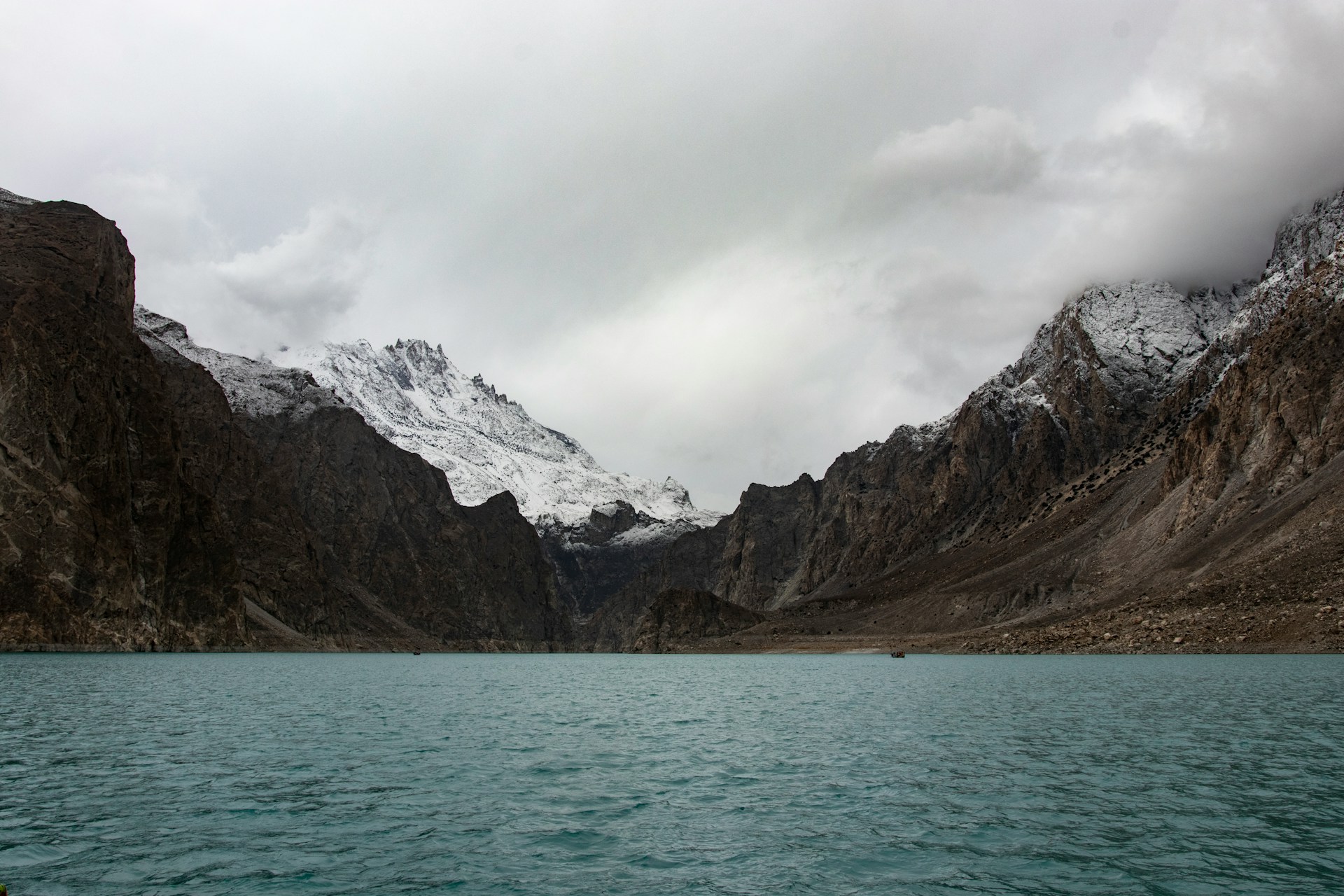
Pakistan often remains overlooked as a travel destination, primarily due to misconceptions surrounding the country. However, this is a misconception that needs reevaluation, as Pakistan stands as an iconic destination with a rich history and diverse attractions. The monsoon season, characterized by high rainfall and occasional flooding, is particularly famous in this region, where four distinct seasons—cool and dry winter, spring, summer, and the monsoon period—are experienced.
The intensity of these seasons varies across different regions, making it crucial to be aware of prevailing weather conditions before planning your visit. The country’s biodiversity, ranging from mountainsides to plateaus and arid landscapes, adds to its allure. Yet, amidst the natural wonders, it’s essential to be cautious of dangerous animals that inhabit Pakistan during your exploration.
Indian saw-scaled viper
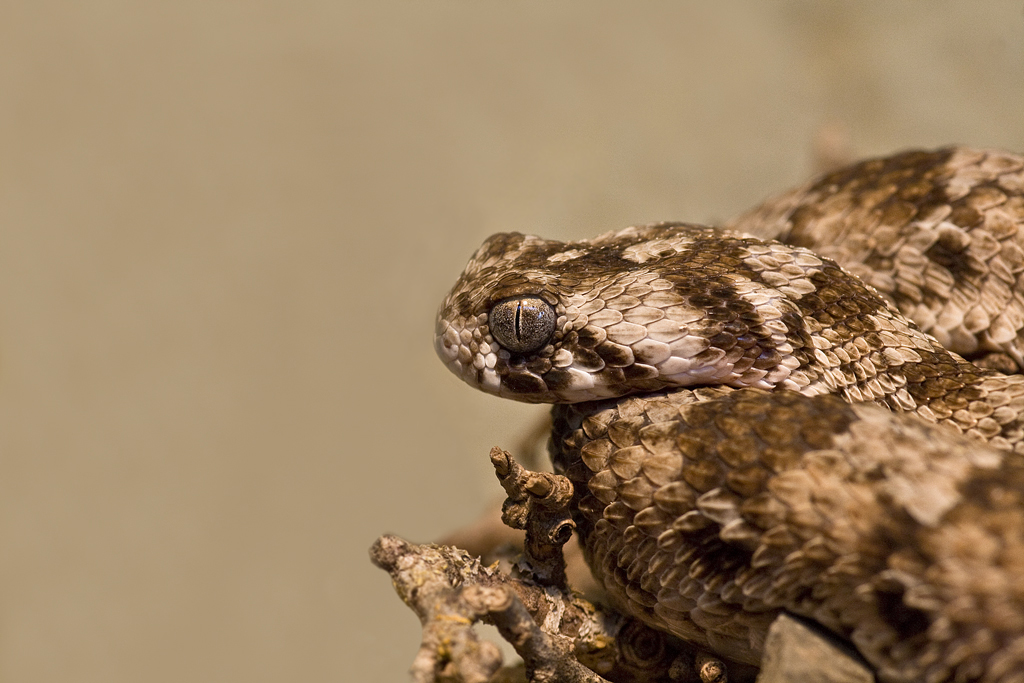
The Indian saw-scaled viper holds the title of the most dangerous snake in Pakistan, and one of the country’s most dangerous animals, known for its potent venom capable of causing fatalities without prompt antivenom treatment. Preferring forested regions and areas with vegetation, this deadly snake poses a significant risk, especially in farmlands where encounters with humans are common. The snake’s excellent camouflage makes it adept at launching unexpected attacks, underscoring the need for caution in outdoor exploration across Pakistan.
Russel’s viper
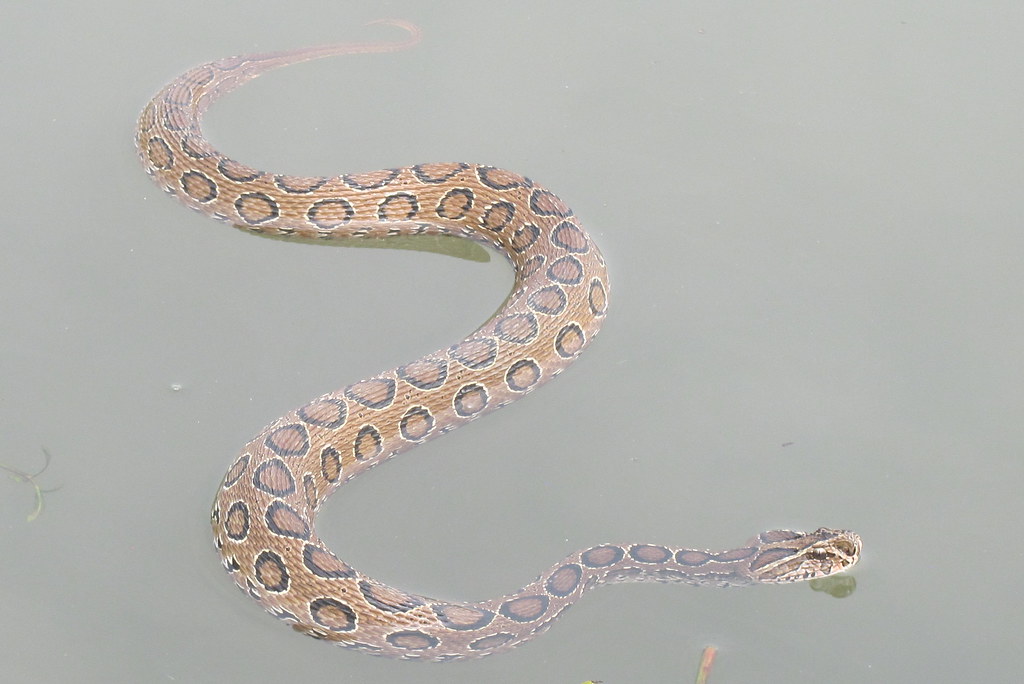
Russel’s viper, another perilous serpent, exhibits unique behavior by being most active at night and thriving in hot weather. Predominantly found in the Indus Valley and the province of Punjab, these yellow to brown-orange snakes, with distinctive spots on their bodies, are dangerous due to venom that can cause organ failure. Travelers should exercise vigilance when navigating these regions to avoid potential encounters with these creatures.
Deathstalker Scorpion
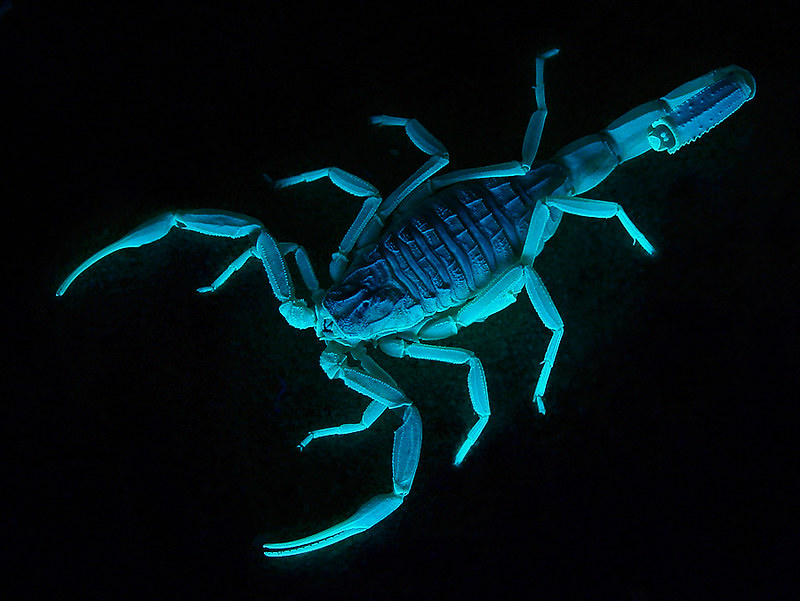
The Deathstalker Scorpion, aptly named for its dangerous nature, is a threat to be reckoned with during your exploration of Pakistan. Unlike typical scorpions that avoid humans, the Deathstalker Scorpion is known to attack people. Found in arid and semi-arid areas, these scorpions, with venom consisting of neurotoxins, can inflict intense pain and even organ failure. Caution is advised when traversing these regions, especially if you have pre-existing health conditions.
Himalayan Brown Bear
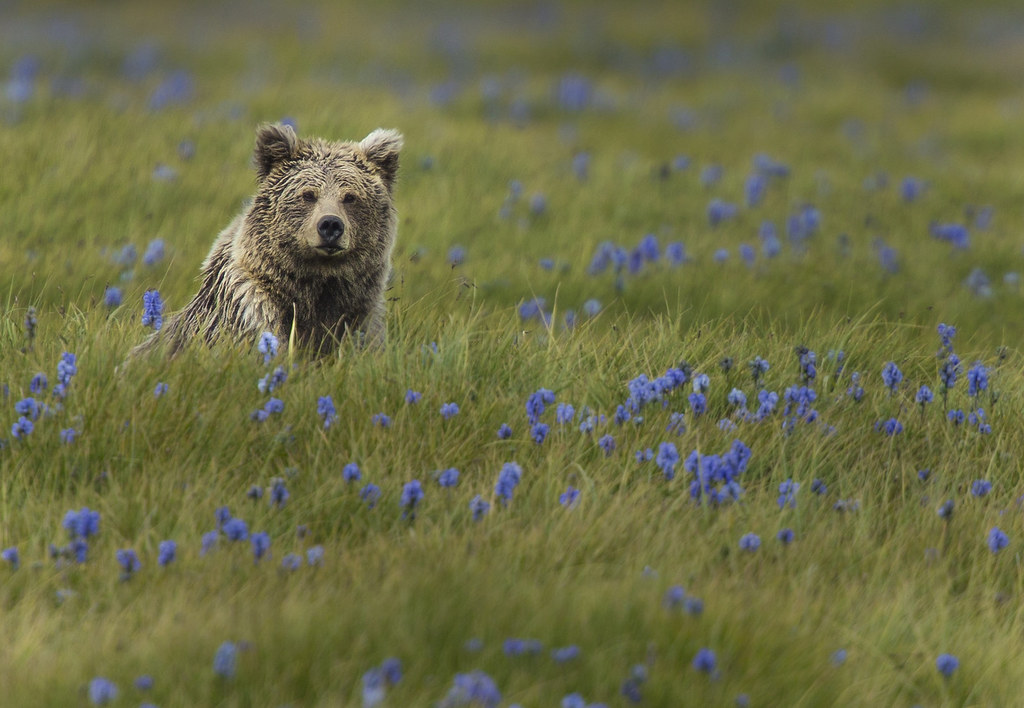
Venturing into the highlands of Pakistan may bring you face to face with the Himalayan brown bear, especially near the Himalayas. Known for hunting larger animals when food is scarce, these bears have been involved in human-animal conflicts, attacking livestock and potentially posing a threat to humans. Travelers exploring these high-altitude areas must exercise caution and seek immediate medical attention if faced with an attack.
Stonefish
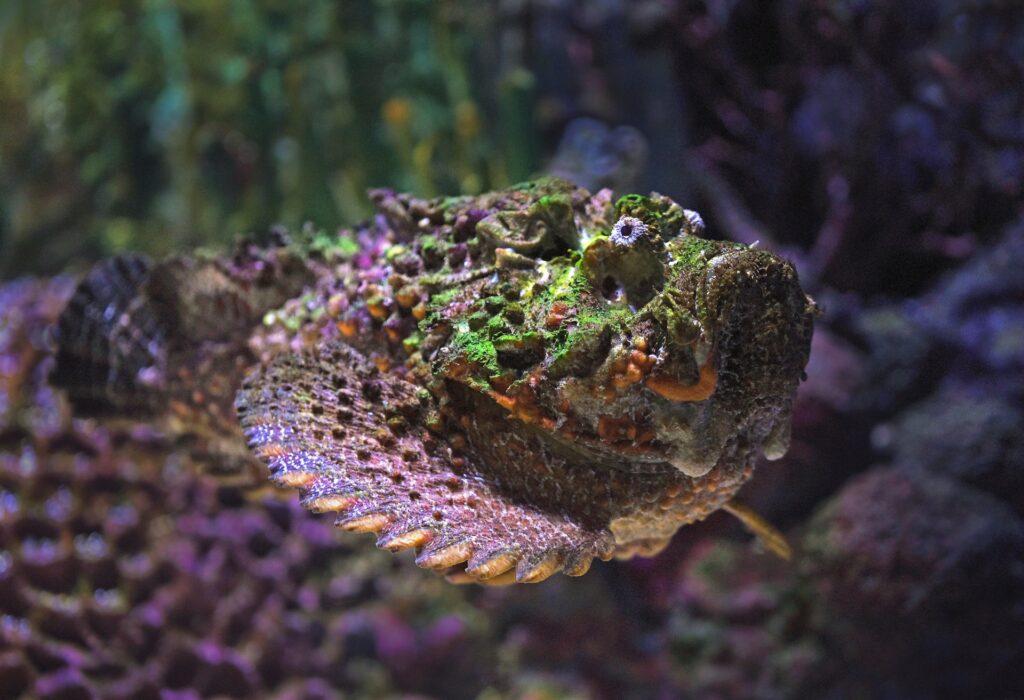
On the shores of Pakistan, the stonefish lurks as another perilous creature. Camouflaging well with its stony appearance, this fish delivers a potent venom through dorsal spines, causing severe toxicity and, if left untreated, could lead to death. While not typically aggressive, these stonefish hide in reefs or near rock beds, waiting to strike prey with their venomous fins. Adequate attire and awareness are crucial when exploring the waters of Pakistan to avoid accidental encounters with these dangerous aquatic animals.
Wild Boar
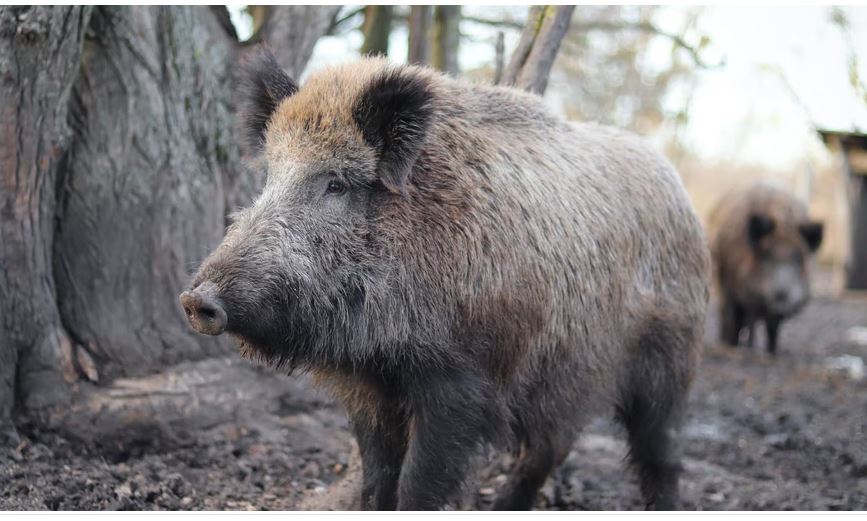
Wild boars pose a significant threat in various regions of Pakistan, especially near sugar plantations and residential areas. Often mistaken for pigs due to similarities in appearance, these wild creatures are inherently dangerous. Encounter with them is likely during exploration, and their activities, including crop destruction, are a major concern for farmers across the country. Armed with sharp tusks, wild boars will not hesitate to attack when hungry or threatened, emphasizing the need for caution in their presence.
Grey Wolf
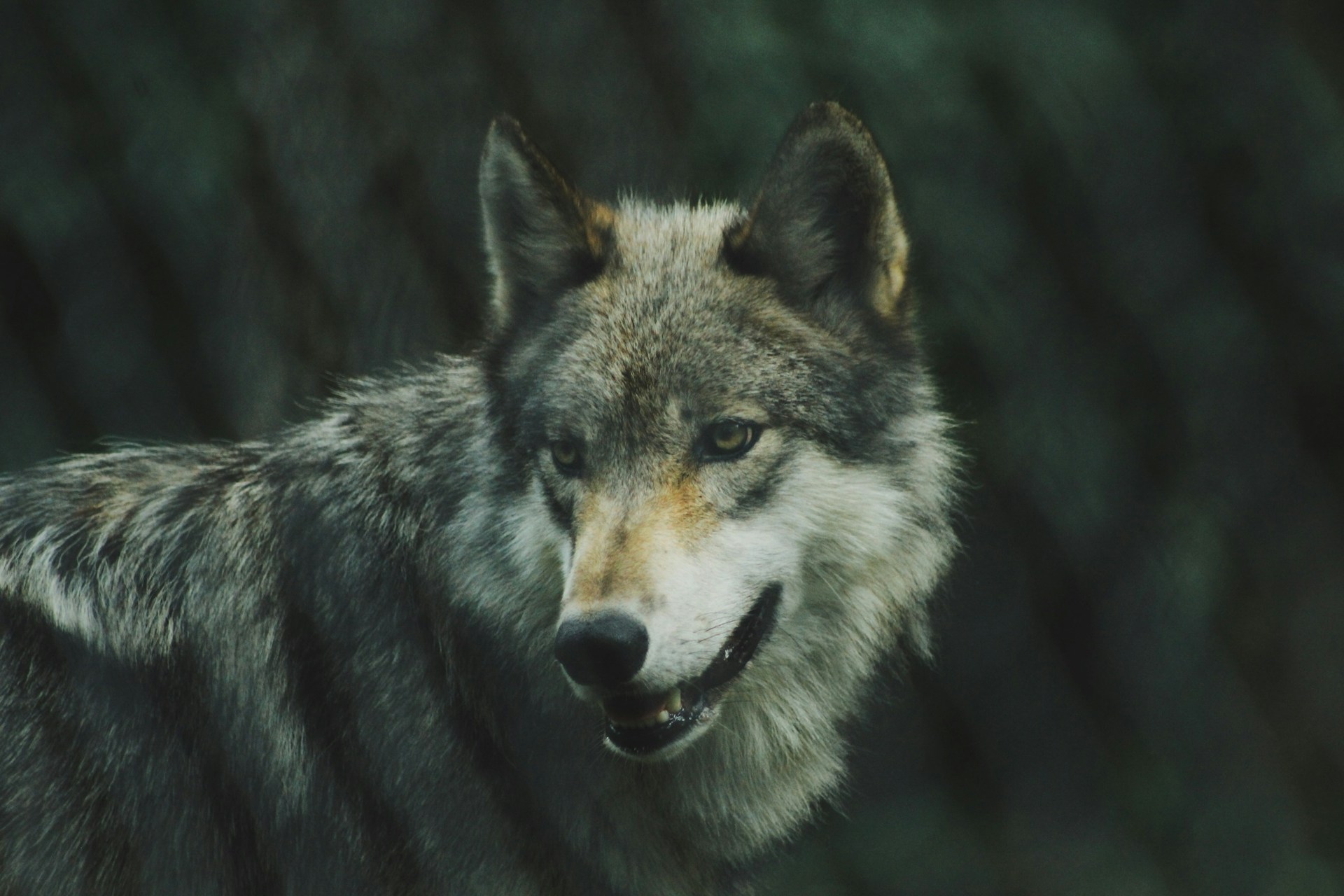
The grey wolf, known for its agility and danger, inhabits the northern border and mountainous regions of Pakistan. With remarkable speed, sharp teeth, and powerful claws, these wolves can swiftly attack, causing severe harm. Found predominantly during the summer while hunting gazelles, they have become more aggressive due to a limited prey population, occasionally attacking people. Visitors to these areas should exercise utmost caution and vigilance to ensure their safety.
Mugger Crocodile
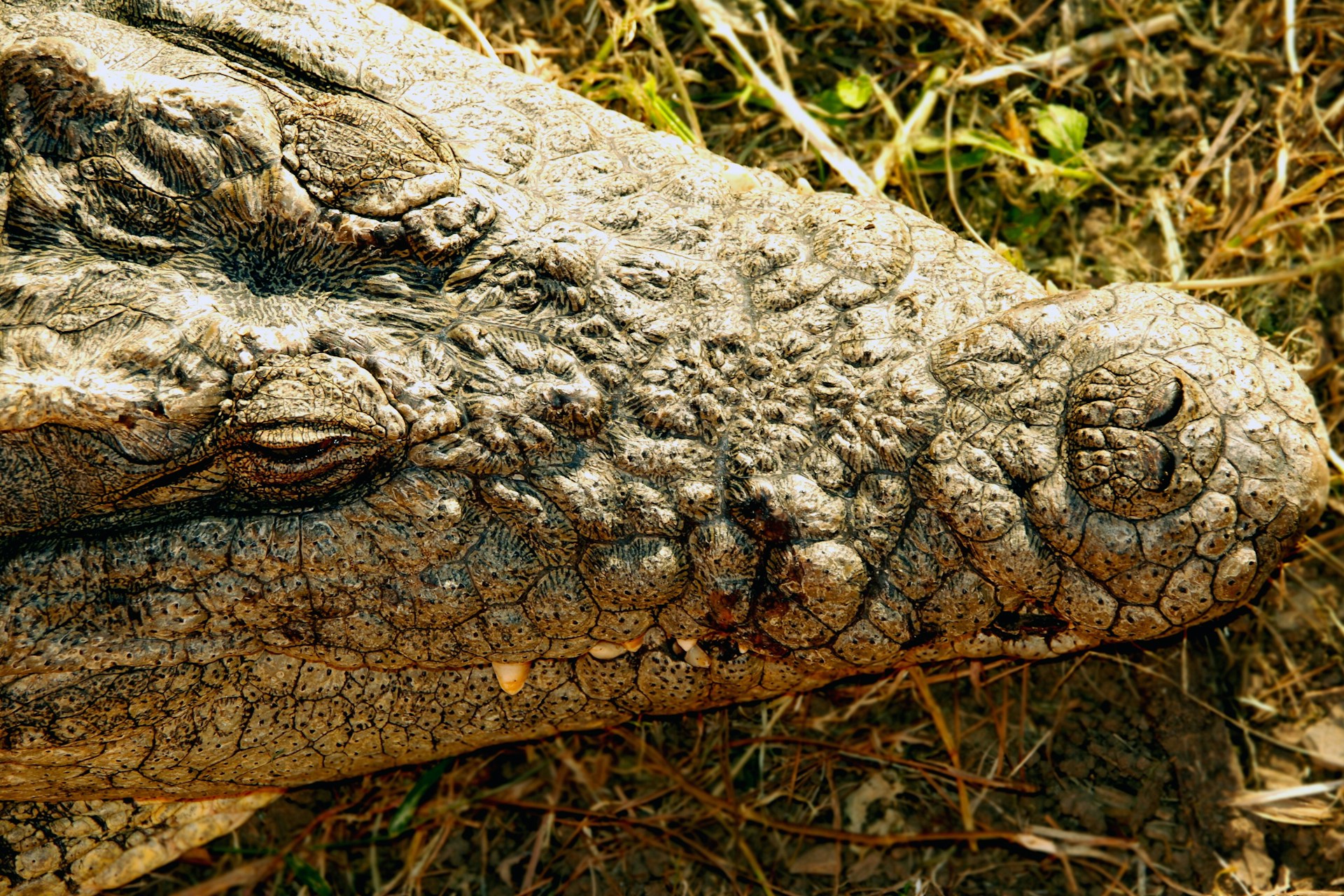
Considered one of the most dangerous animals in Pakistan, the mugger crocodile poses an immediate threat with its ferocious attacks. Excelling at camouflage, these crocodiles lie half-immersed in water, ambushing prey with their sharp teeth and powerful muscles. Found in the wetlands of Pakistan, encountering these creatures can lead to serious injuries or even death, highlighting the importance of caution when exploring different parts of the country.
Indian Cobra
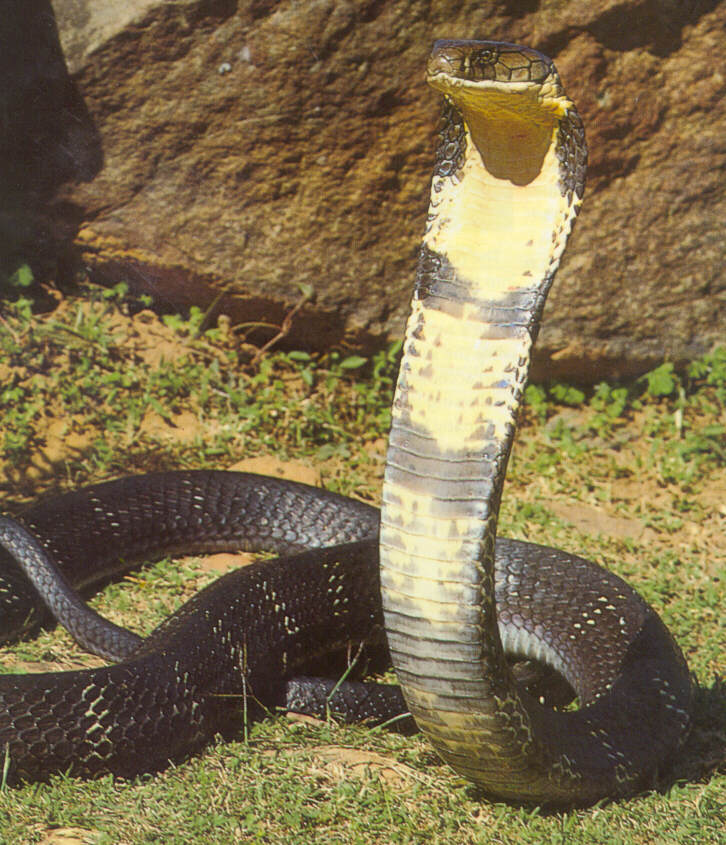
The Indian cobra, a highly dangerous snake, inhabits the eastern regions of Pakistan in areas with tall grass and vegetation. Known to cause death within eight minutes after a bite, the venom of the Indian cobra induces symptoms such as blurred vision, drowsiness, shortness of breath, headache, nausea, and vomiting. With cardiotoxic venom affecting the heart muscles, immediate attention is crucial to prevent fatality. Found in grassy regions and paddy fields, caution is essential during exploration.
Sind Krait
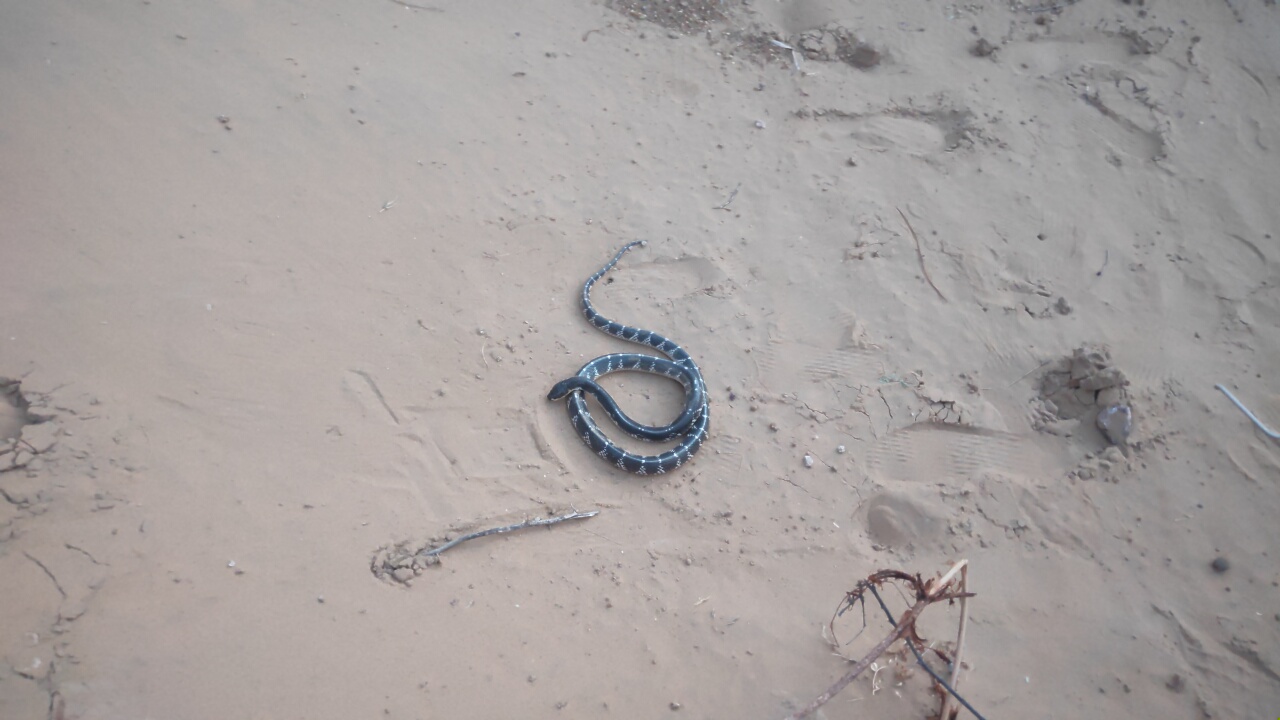
The Sind krait, another perilous snake, is prevalent in dry open plains and areas near human habitats in Pakistan. Approximately 70% of bites from this snake result in fatalities, making it a serious threat. Active during the night, the Sind krait hunts for toads, mice, and other animals. Found in coastal lowlands and Quetta regions, it’s advisable to explore during the day to minimize encounters with this nocturnal creature. With a penchant for warm and dry places, including human dwellings, staying vigilant and safe is crucial when navigating areas inhabited by the Sind krait.
____________________
Check out the dangerous animals in the nearby countries:

